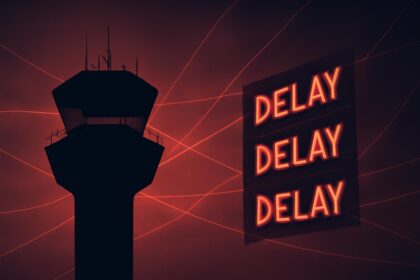NASA Employees to Work Unpaid During Government Shutdown
NASA has directed employees involved in Artemis missions, collaborating with contractors SpaceX and Blue Origin, to continue working through the current federal government shutdown despite the absence of immediate pay. This directive was confirmed through internal communications obtained by CNBC. Kelly Elliott, NASA’s Chief Human Capital Officer, informed staff via email that while the work will be unpaid during the furlough, employees must document their hours and will receive compensation once government funding is restored.Mission Support Continues Amid Funding Lapse
NASA’s acting finance chief, Steve Shinn, outlined operational priorities in a memo stating that the agency will maintain support for ongoing International Space Station operations and satellite missions currently in the operational phase. Importantly, Artemis mission activities will also continue throughout the shutdown period. According to Shinn, approximately 3,000 NASA personnel will remain active, working either full or part-time during the shutdown, while about 15,000 employees will be furloughed.Overview of the Artemis Lunar Exploration Program
NASA describes Artemis as a comprehensive campaign to return astronauts to the Moon, aiming for scientific discovery, economic development, and laying groundwork for future human missions to Mars. The program involves multiple contractors, with SpaceX and Blue Origin playing critical roles in upcoming missions. SpaceX, led by Elon Musk, secured major contracts for Artemis with its Starship rocket—the tallest and most powerful rocket ever launched. Since April 2023, SpaceX has conducted 10 test flights of the Starship system, with a mixture of successes and failures, and plans another launch on October 13. Meanwhile, Blue Origin, owned by Jeff Bezos, continues development on its lunar lander under Artemis contracts. Both companies’ work on their lunar landers will persist despite the funding interruptions.Key Artemis Missions and Contractor Involvement
- Artemis II (Early 2026): NASA plans to send four astronauts on a lunar flyby without landing.
- Artemis III (2027): The first mission to directly involve SpaceX’s Starship, aiming to land two astronauts on the Moon’s south pole.
- Artemis IV and beyond: Missions will focus on deploying astronauts to the Lunar Gateway space station, with future crewed Mars missions in mind.
- Artemis V: Expected to involve Blue Origin’s lunar lander, further advancing NASA’s lunar exploration capabilities.
Government Shutdown and Essential Workforce
The government shutdown began early Wednesday, resulting in the furlough of hundreds of thousands of federal employees and suspension of numerous programs and services. Essential workers, including TSA officers and air traffic controllers, remain on duty to maintain critical operations. NASA’s closure due to funding lapse has limited its public communications. An autoreply from NASA’s communications office confirmed the agency is closed and unable to respond to inquiries during the shutdown.“I am in furlough status; therefore, I am unable to respond to your message at this time,” said Cheryl Warner, NASA’s communications news chief.
FinOracleAI — Market View
The continuation of Artemis mission activities during the government shutdown underscores NASA’s prioritization of long-term lunar exploration goals despite short-term funding challenges. Maintaining progress on Artemis projects with SpaceX and Blue Origin mitigates risk of costly delays and preserves momentum in the U.S. space program.- Opportunities: Sustained work on Artemis missions supports technological advancement and keeps international competitiveness in lunar exploration.
- Risks: Unpaid labor could impact workforce morale and retention; prolonged shutdowns may still delay timelines.
- Continued testing and development of Starship and lunar landers secures contractor readiness for upcoming mission milestones.
- Potential for increased scrutiny of government funding mechanisms for critical space initiatives.













